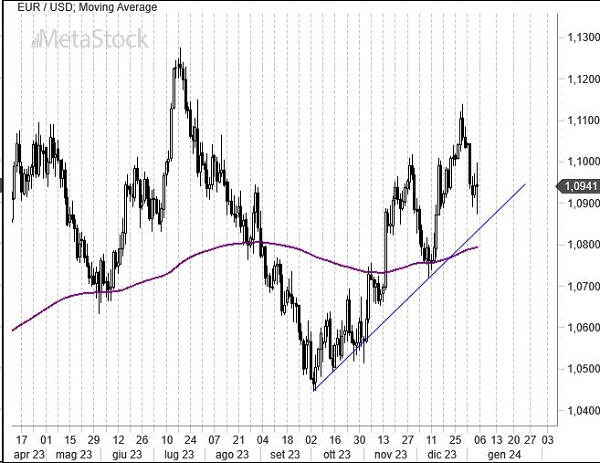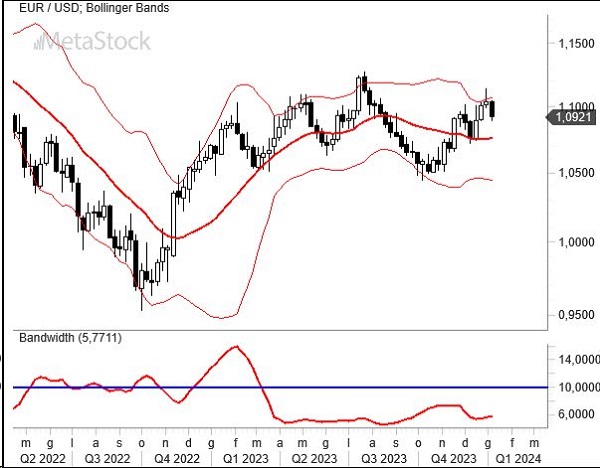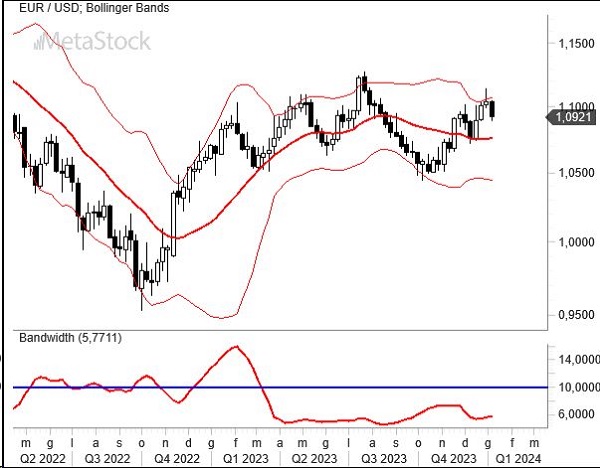Resilient U.S. Job Market Defies Rate Cut Expectations Amid Electoral Uncertainties
The U.S. job market shows little sign of cooling, challenging the prevailing views of markets and the Federal Reserve. Contrary to expectations of significant interest rate reductions in an election year like 2024, the situation seems otherwise. Interest rate cuts, likely in the first half of the year, will try to avoid interfering with a challenging presidential campaign, with Trump’s participation still uncertain and Biden’s popularity waning.
The economy, therefore, doesn’t seem poised for a recession. In December, 216,000 new jobs were created, surpassing analysts’ expectations of 175,000. However, the U.S. manufacturing ISM index, a measure of industrial sector performance, remains in contraction. It rose to 47.4 points in December, up from 46.7 in November, and better than expected. This marks the fourteenth consecutive month below the 50-point threshold, the longest stretch since the Great Recession of 2008-2009. The index for new orders fell from 48.3 to 47.1, while production rose from 48.5 to 50.3, and employment from 45.8 to 48.1.
Meanwhile, in Europe, the market even anticipates six interest rate cuts due to slowing inflation (though less than expected) and a stagnating economy. Preliminary data on European consumer prices in December confirms the slowdown but remains above the 2% target in most countries, except Italy. This is likely to influence the European Central Bank’s considerations. Consequently, the euro is capitalizing on this situation, with December inflation at 2.9%, up from 2.4% in November, but the core rate contracted to 3.4% from 3.6%. These are the lowest levels since March 2022.
EurUsd Navigates Key Resistance Amid Dollar’s Favorable Seasonality
After a sharp rise towards the end of 2023, pushing EurUsd close to the 1.11/1.12 resistance levels, the most followed currency pair experienced a quick pullback. This reaffirmed the significance of these resistance levels, acting as a watershed between a correction within a bear market and the emergence of a new trend unfavorable to the dollar.
The early months of the year traditionally favor the dollar, but supports around 1.08, coinciding with the 200-day moving average, suggest a potential new push towards resistance by the euro in the coming weeks.

The upper wall of the Bollinger Bands on the weekly chart confirms the resistance’s significance and the likelihood that the coming weeks will see the pair return to the middle of a range between 1.07 and 1.08. The market is expected to navigate this lateral space, awaiting new macroeconomic data, the year’s first central bank meetings, and geopolitical tensions that typically favor the dollar. It’s too early to declare the end of the dollar’s bull market.



Leave a Reply
You must be logged in to post a comment.